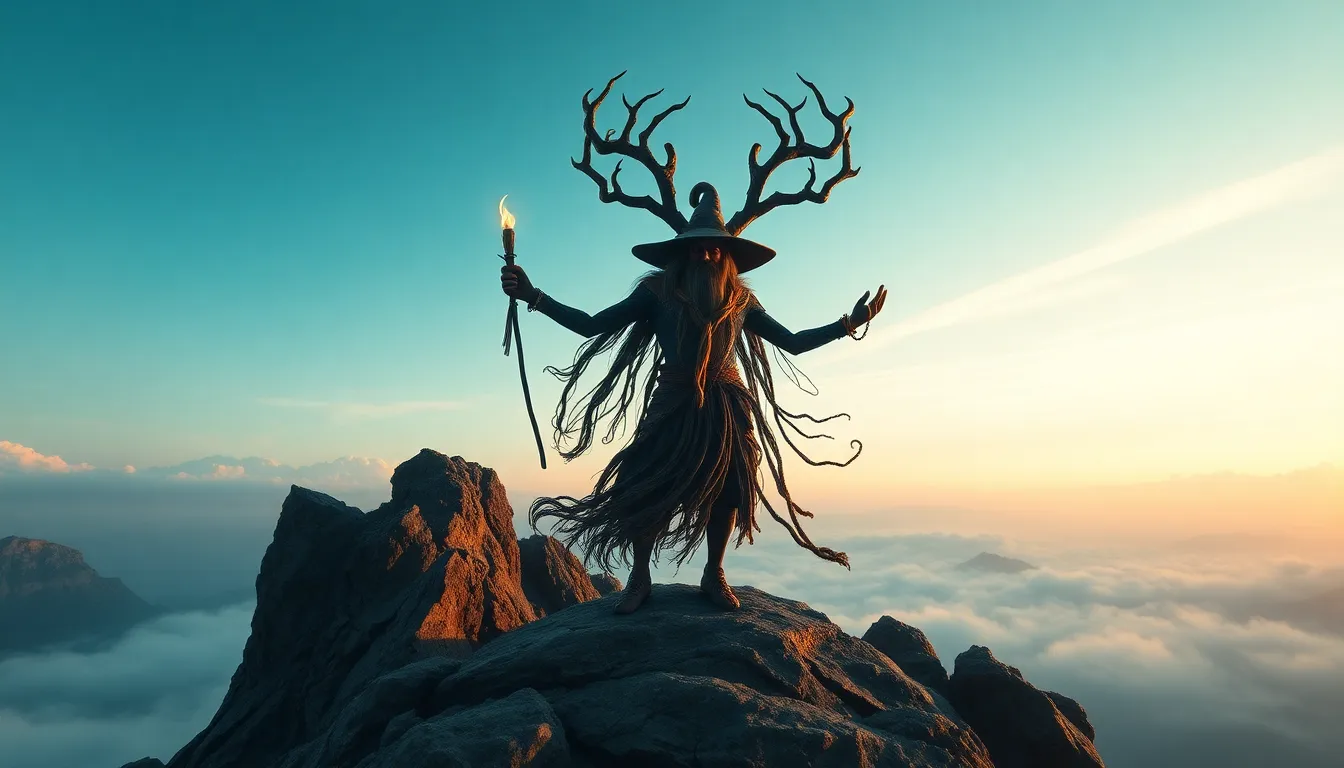The Symbolism of Journeys and Paths in Norse Mythology
In Norse mythology, the concept of journeys and paths holds significant symbolism and plays a crucial role in the unraveling of various legends and stories. Let’s delve into the mystical world of Norse mythology and explore the profound meanings behind journeys and paths in this ancient belief system.
What Do Journeys Symbolize in Norse Mythology?
Journeys in Norse mythology often symbolize personal growth, transformation, and destiny. The most well-known journey in Norse mythology is that of the hero’s journey, where heroes embark on epic quests to fulfill prophecies, overcome challenges, and ultimately achieve greatness. These journeys represent the inner struggles and outer battles that individuals must undergo to reach their true potential.
Significance of Paths in Norse Mythology
Paths hold a profound significance in Norse mythology. They represent choices, opportunities, and the interconnectedness of all beings. The concept of fate and destiny is intertwined with paths, as gods, giants, and humans are believed to walk on predetermined paths that lead them towards their ultimate destinies. The idea of choosing the right path, often portrayed as a metaphorical crossroads, highlights the importance of decision-making and personal agency in Norse mythology.
The Nine Realms and Their Interconnected Paths
The Nine Realms in Norse mythology are interconnected through a cosmic tree called Yggdrasil. Each realm has its own distinct path leading to other realms, symbolizing the intricate relationships between the different worlds and beings. The well-known Bifrost bridge connects Asgard, the realm of the gods, to Midgard, the human world, serving as a pathway for communication and travel between the realms. These interconnected paths emphasize the web of existence that binds all creatures together in Norse cosmology.
Conclusion
Journeys and paths in Norse mythology offer a rich tapestry of symbolism that reflects the core values and beliefs of ancient Norse societies. By understanding the significance of journeys and paths in Norse mythology, we gain insight into the importance of personal growth, destiny, interconnectedness, and the eternal cycle of life and death. Next time you embark on a journey or face a crossroads in life, remember the profound wisdom hidden within the folklore of the Norse gods and heroes.
Frequently Asked Questions about The Symbolism of Journeys and Paths in Norse Mythology
What do journeys and paths symbolize in Norse Mythology?
In Norse Mythology, journeys and paths symbolize personal growth, quests for knowledge, and destiny. They often represent the cyclical nature of life, the passage of time, and the challenges individuals must overcome.
How are journeys and paths significant in Norse Mythology?
Journeys and paths play a crucial role in Norse Mythology as they reflect the hero’s journey, the pursuit of wisdom, and the pursuit of one’s fate or wyrd. They are intertwined with themes of exploration, discovery, and self-realization.
Can you provide examples of journeys and paths in Norse Mythology?
Examples of journeys and paths in Norse Mythology include Odin’s quest for wisdom and knowledge, Thor’s battles against giants, and the journey of the souls of the deceased to the afterlife through Helheim or Valhalla. These journeys showcase the challenges and transformations individuals face.


